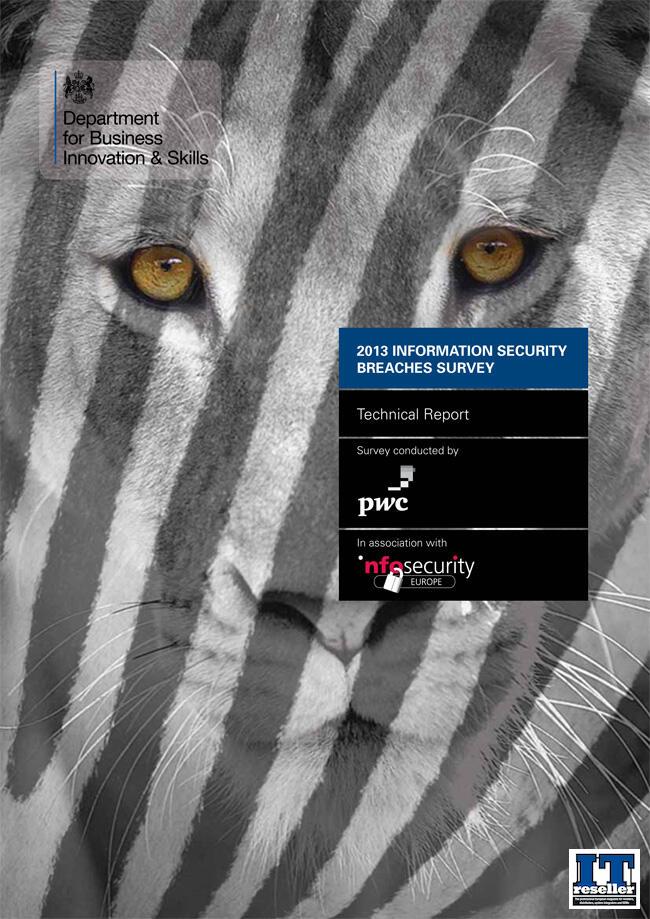As printers become more involved in organisations' networks, and begin to take on increasingly complex functions, new areas of vulnerability have appeared which threaten the stability of the entire network. Given the mounting threats organisations face, IT departments must address the possibility of internal and external breaches to their infrastructure or face costly repercussions, says Annodata.
The latest figures from the Department for Business Innovation and Skills (BIS) show that data breaches have reached near-epidemic proportions: 93 per cent of large organisations experienced a security breach last year, closely followed by small businesses, of which 87 per cent experienced a security breach. According to the report, a significant proportion of these attacks are opportunistic and target areas where the IT department fails to focus its attention.
Responding to the figures, Grant Howard, Professional Services Technical Manager at Annodata, said that although many businesses invest a significant amount of time and resources to secure their devices and their data, too often they neglect the security posture of their network and internet-enabled printers.
Grant said: "Printers used to be devices that just sat in the corner of the office churning out documents, but that's just not the case today. The technology has advanced to such a point that they are fully integrated with the IT estate and the network, capable of performing a range of new functions, with the ability to print from mobile devices, and to scan to email, network drives, and scan to web-hosted applications. This new functionality has had a big impact on day-to-day business operations, but it has also created new risks to data security that many organisations remain unaware of. Like any other networked device, multi-functional devices (MFDs) pose an opportunity for hackers, should they choose to take it.
"Many hackers will be able to access the entire network through tracking the metadata of printed documents, or by hacking the passcode of the MFP. Whether these breaches are caused by an attack from an unauthorised outsider, or internal factors, such as human error, systems must be put in place to resist disruption to the network," Grant continued.
"While IT departments are very careful when it comes to the protecting breaches to devices, user accounts and other areas viewed as traditionally vulnerable, as a device integral to the whole network, the MFD should now be treated with similar levels of caution. By introducing measures such as secure release printing, organisations can effectively guard against internal threats, while bolstering firewalls, turning off unwanted protocols and ensuring each device has an appropriate passcode can help protect against threats from outsiders.
"Just as burglars have the tools to break into someone's house, hackers may be able get round protocol and exploit network insecurity if they are determined enough. But to leave the front door open is asking for trouble, and not equipping your print device puts across the same message. So working with a print provider that has experience in designing and implementing secure print solutions and knows where the major vulnerabilities lie is critical," Grant concluded.


Add a Comment
No messages on this article yet